While Tesla cut prices on their vehicles, other car manufacturers like Ford also dialed back on the production of their EVs (Electric Vehicles). What’s causing EV sales and manufacturing to be so slack these days? Find out what’s happening in the EV market in this post.
EV Cars Are the Future
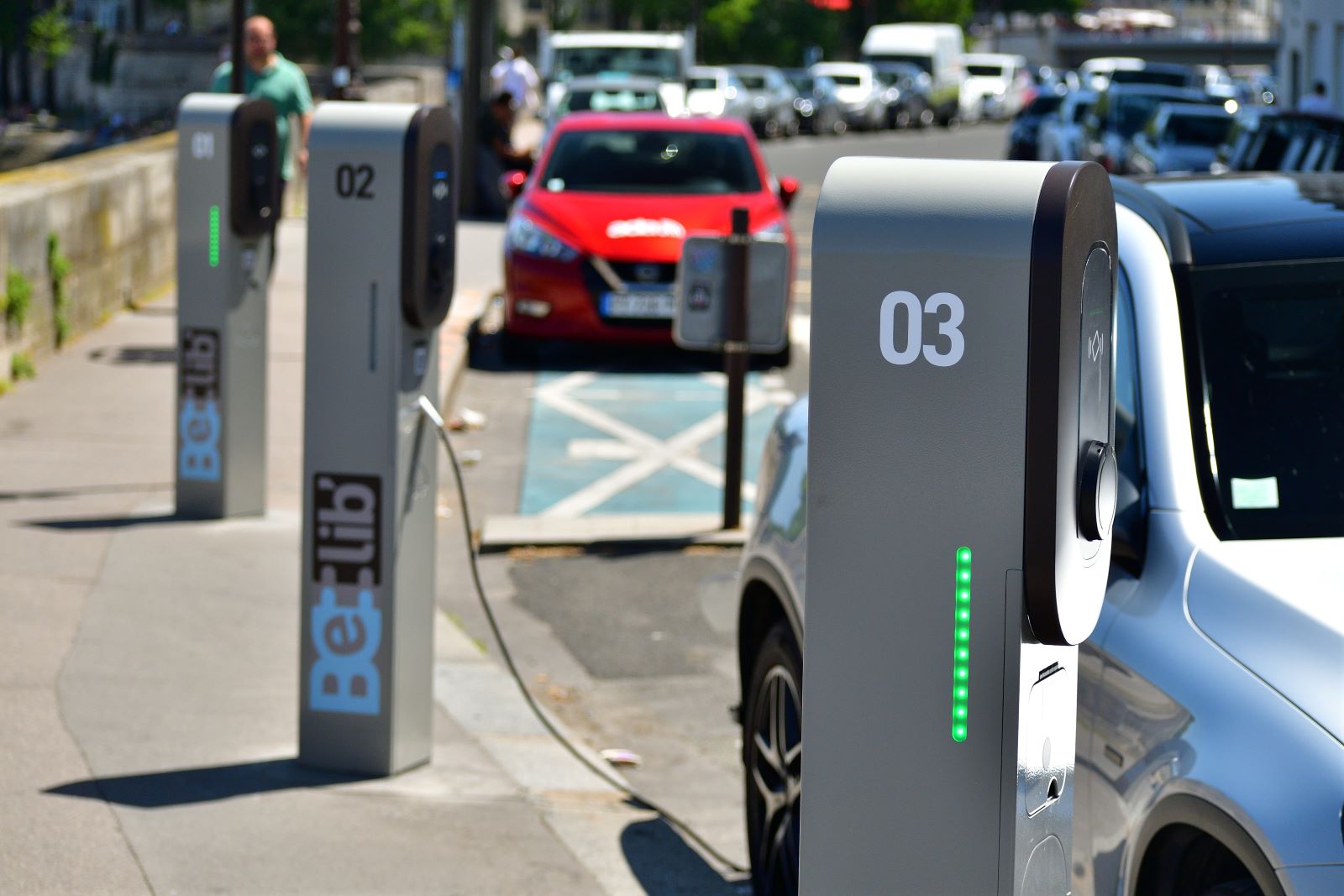
Image Credit: Shutterstock / noriox
Electric cars (EVs) may seem like the future of motor vehicles, but it isn’t without its share of challenges for users and manufacturers alike.
Production Drop
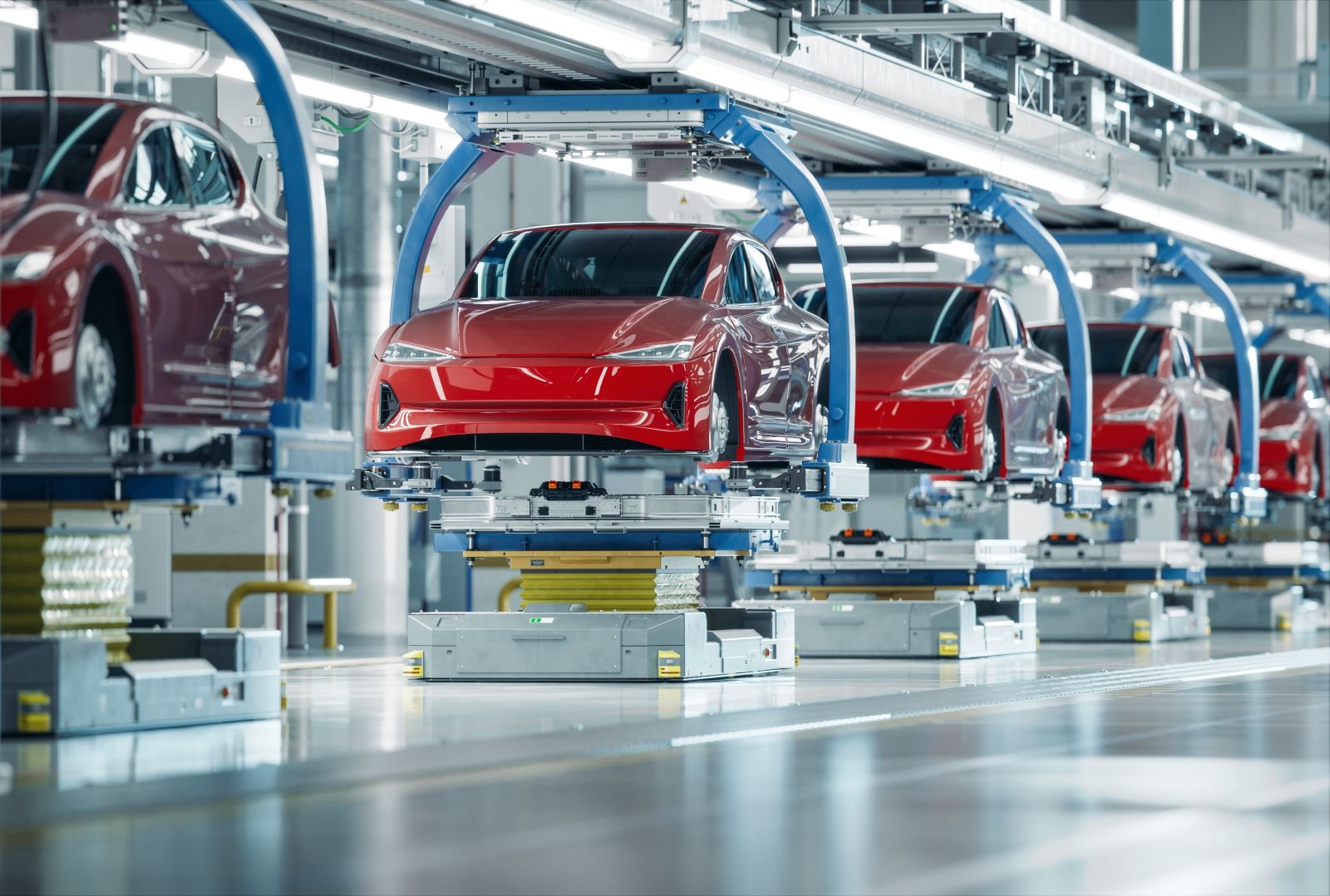
Image Credit: Shutterstock / IM Imagery
According to CNN, the Bloomberg New Energy Finance (BNEF) projected a sales expectation of EVs at 1.7 million for 2023, but only 1.4 million were produced.
Just a Mini Setback

Image Credit: Shutterstock / TOP-STOCKER
The U.S. EV market may have dropped a bit in production and demand, but that isn’t to say that the production has stopped. According to a CNN report pulled from Cox Automotive, the EV market grew by 40% last year.
Realistic Expectations From Consumers Are Low

Image Credit: Shutterstock / Prostock-studio
Customers often have unrealistic expectations for EVs or plug-in hybrids (PHEVs). If the car doesn’t perform or project what they’ve expected, it’s easy to grow despondent about the vehicle.
Findings of Survey
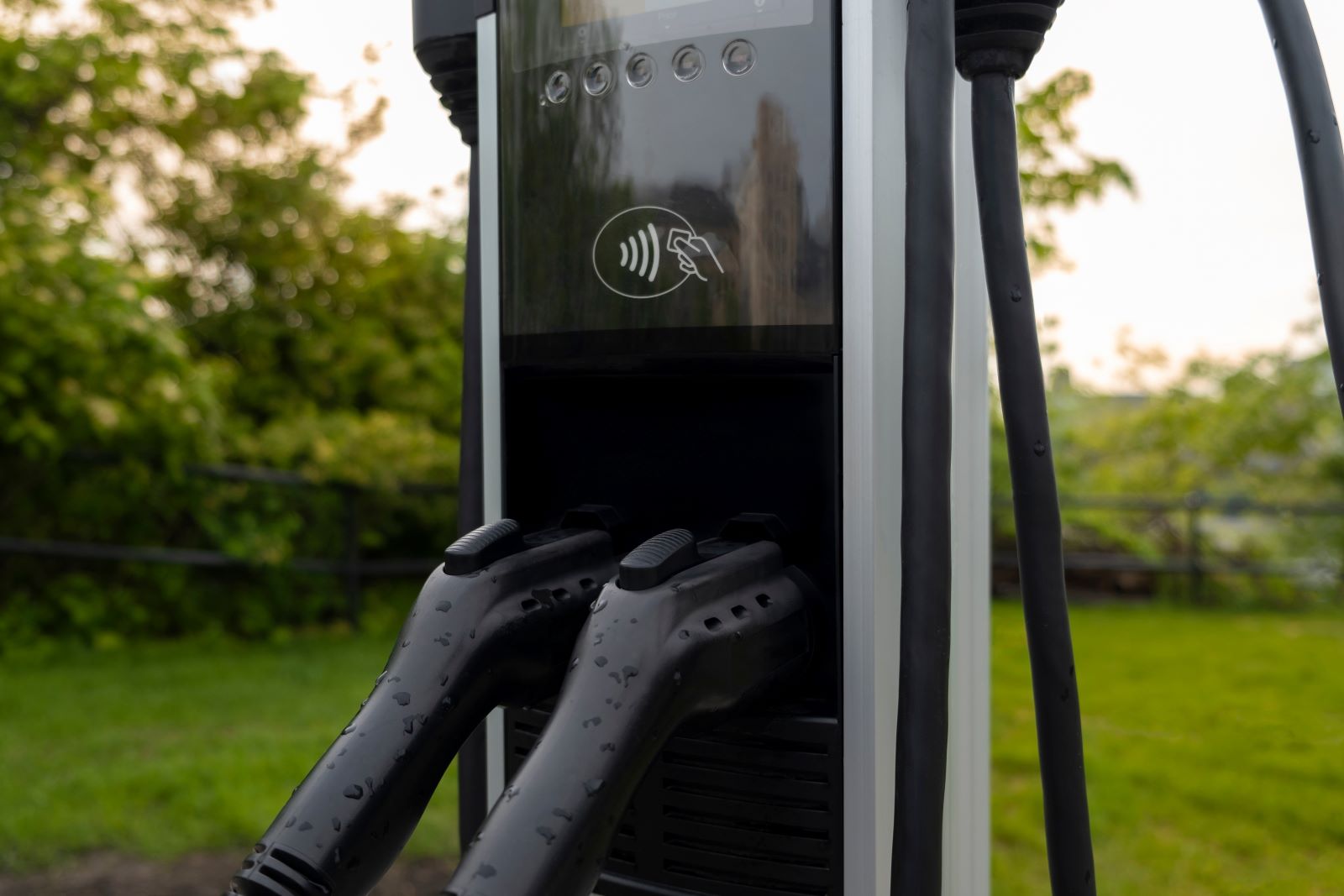
Image Credit: Shutterstock / Elena Berd
America needs around 182,000 fast charging stations by 2030, according to CNN reports. The Department of Energy (DOE) has reported a lack of power stations with only about 40,000 split across the States.
Battery Concerns
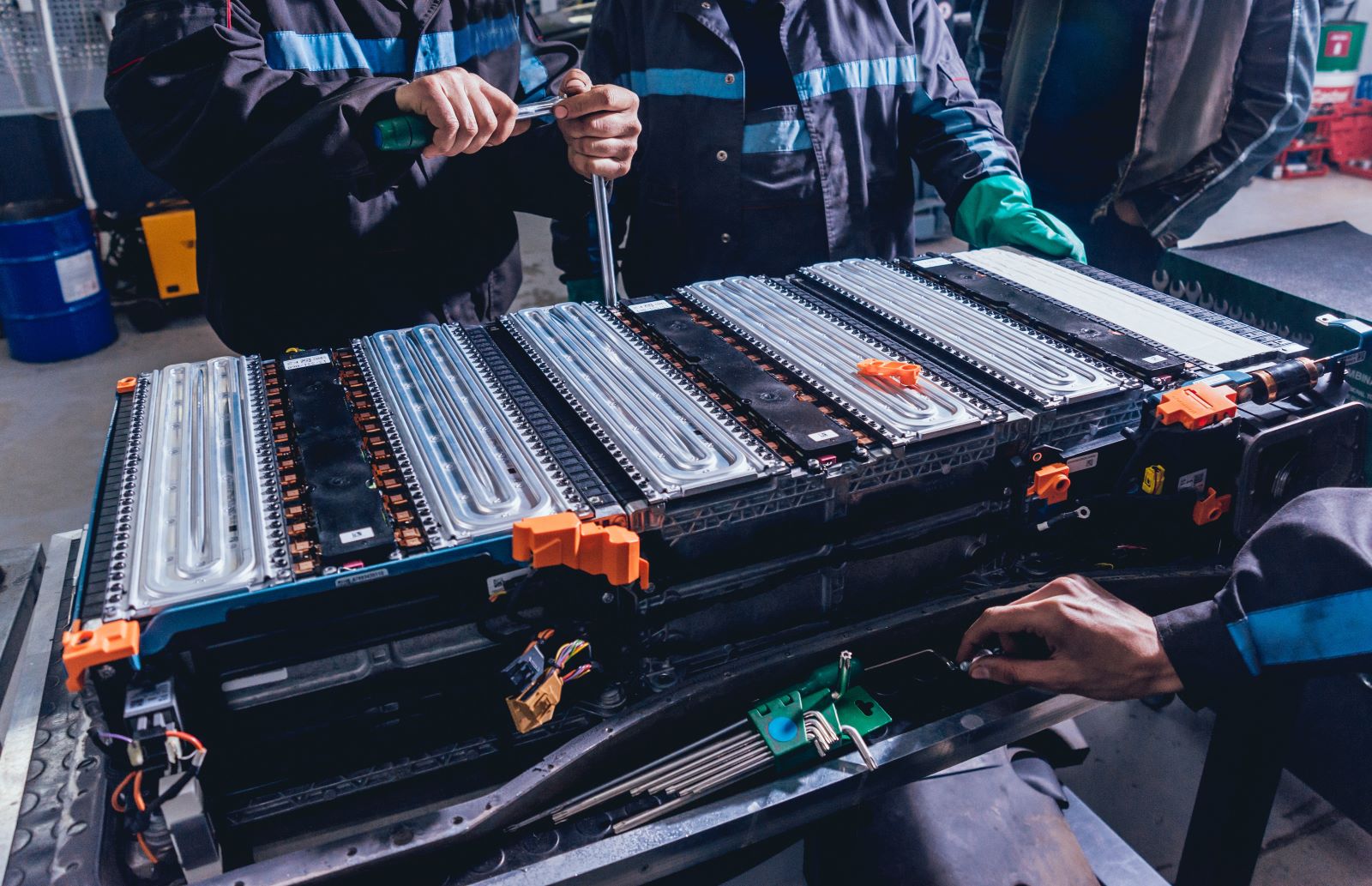
Image Credit: Shutterstock / Roman Zaiets
Consumers are particularly concerned about the longevity of the 12V EV battery that does the main powering of the vehicle. When the battery runs flat, the driver can sometimes not open the doors or crack a window.
Too Expensive For Some Buyers

Image Credit: Shutterstock / Dusan Petkovic
EVs are much more than gas-powered vehicles or their hybrid counterparts. The electric vehicle falls between $50,000 and $60,000, depending on the models and the manufacturer. That said, not all buyers are able to afford the expenses of maintenance and charging requirements.
Limited Styling

Image Credit: Shutterstock / Hryshchyshen Serhii
One thing many customers can appreciate in a car is the design and variety of options. Corey Cantor, an industry analyst with the Bloomberg team, said that “…the selection is limited in terms of body style.” For now, customers must contend with one familiar look across the market.
Limited Charging Stations
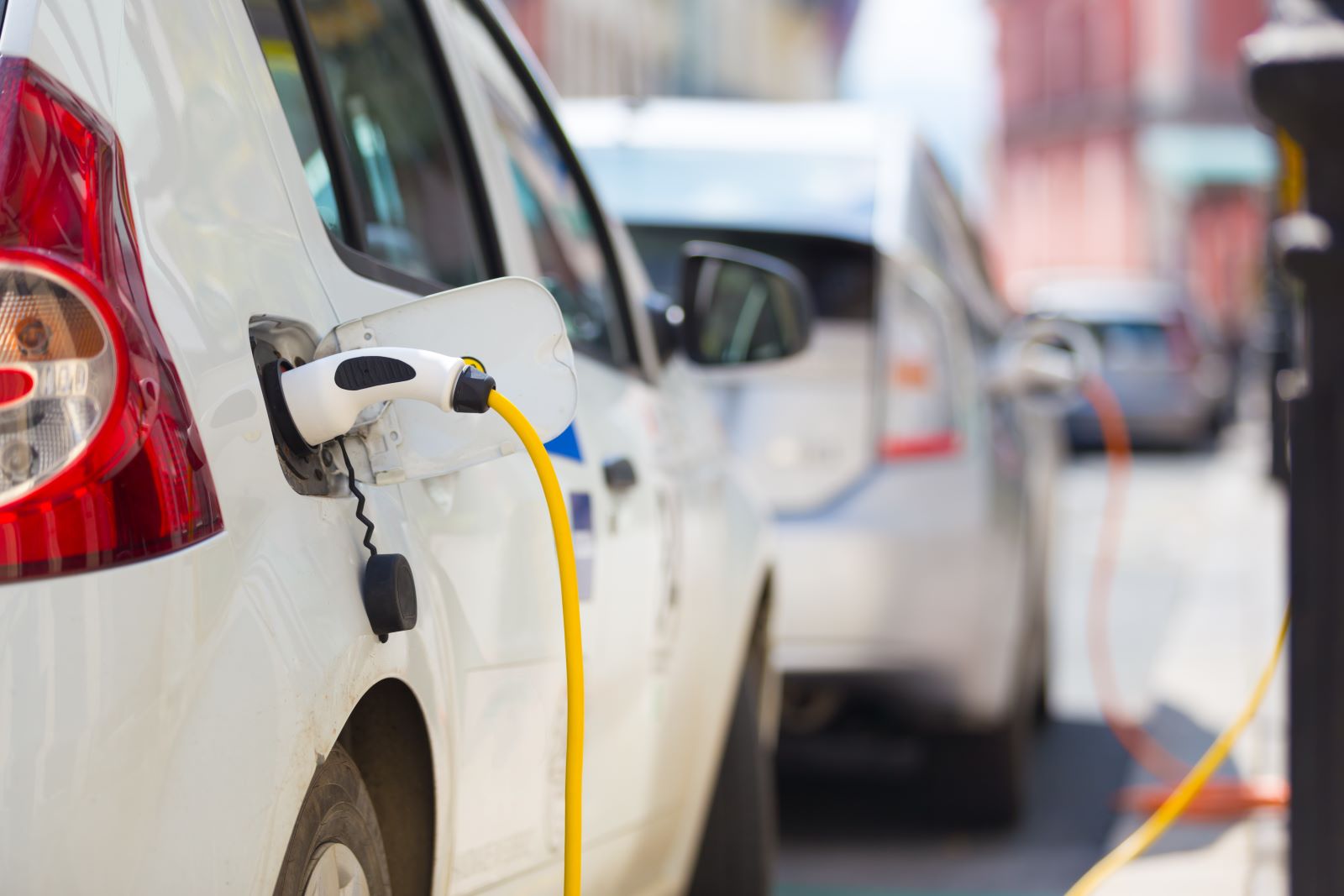
Image Credit: Shutterstock / Matej Kastelic
With more EV cars required on the road by 2030 and further, the current charging facilities won’t be enough. Of those charge stations available, not all are fast charging, and consumers have to wait a long time before they can charge.
Charge Port Frustrations
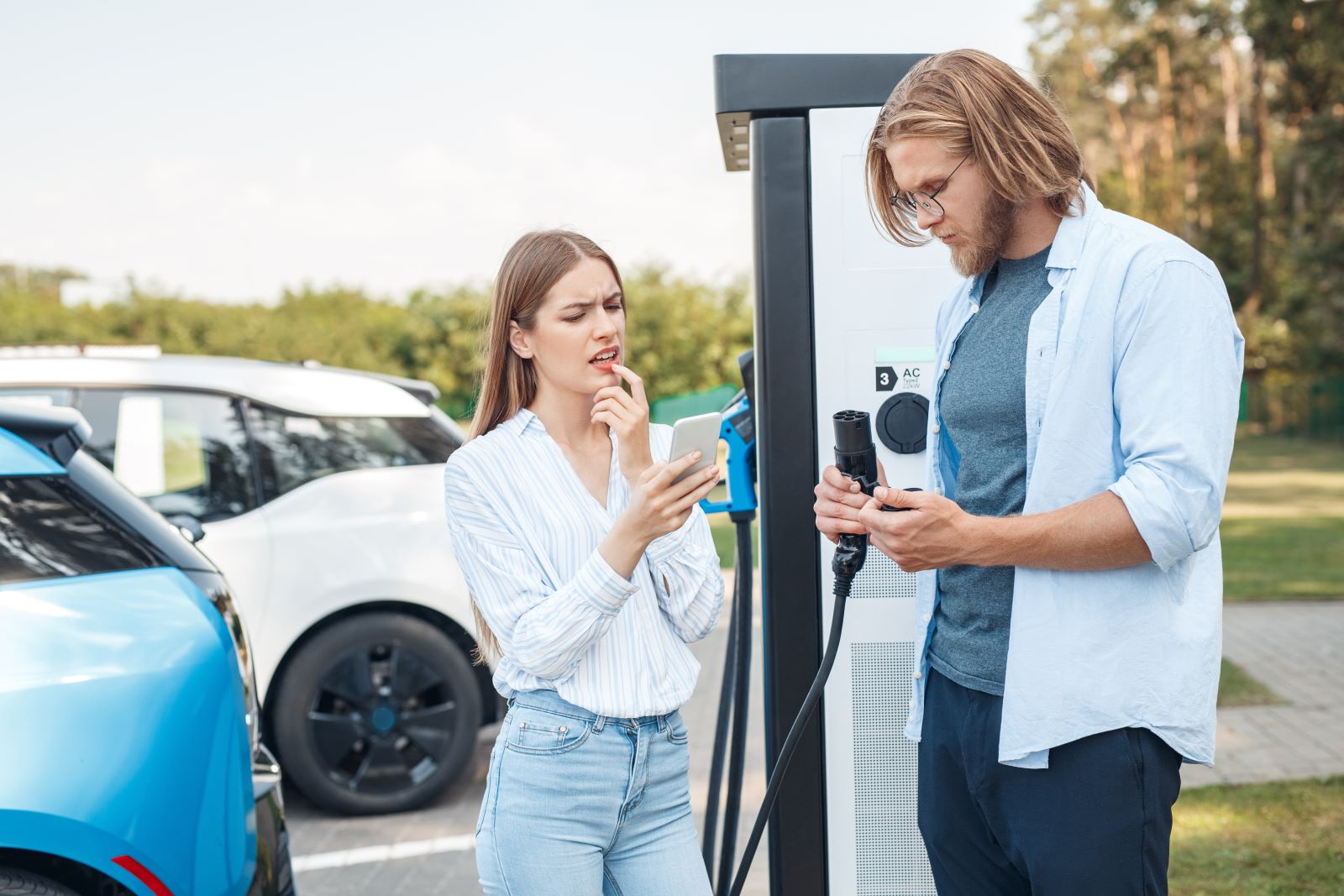
Image Credit: Shutterstock / Viktoriia Hnatiuk
Customers have come across charging stations that don’t cater to their EV charge port type. Without the correct compatible port, the car cannot be charged.
Uniformity With Charging Ports
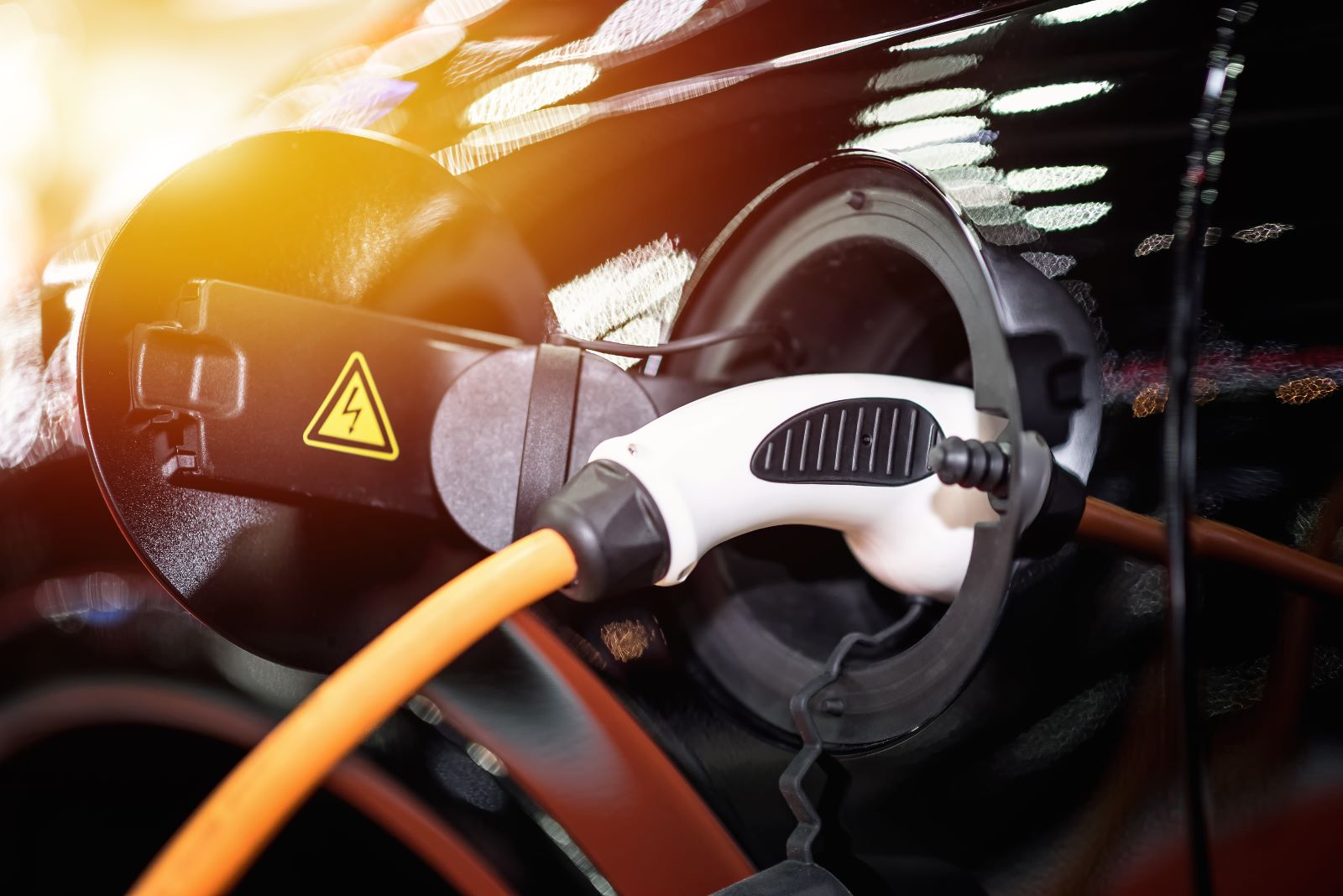
Image Credit: Shutterstock / adtapon duangnim
Tesla has a unique charging port; not all car charging ports are compatible with charge stations. CNN reported that there are plans to create a uniform charging port that matches Tesla’s design. This makes it easier for consumers to charge at any station. Tesla is also the majority EV seller.
Putting Like Minds Together

Image Credit: Shutterstock / sirtravelalot
There are plans for major car manufacturers to come together and set up more charging stations.
Big Players

Image Credit: Shutterstock / Photo Smoothies
Brands like Stellantis, BMW, GM, Hona, Mercedes-Benz, Kia, and Hyundai will work together to ensure more charging stations are available for consumers.
Charging Stations Everywhere
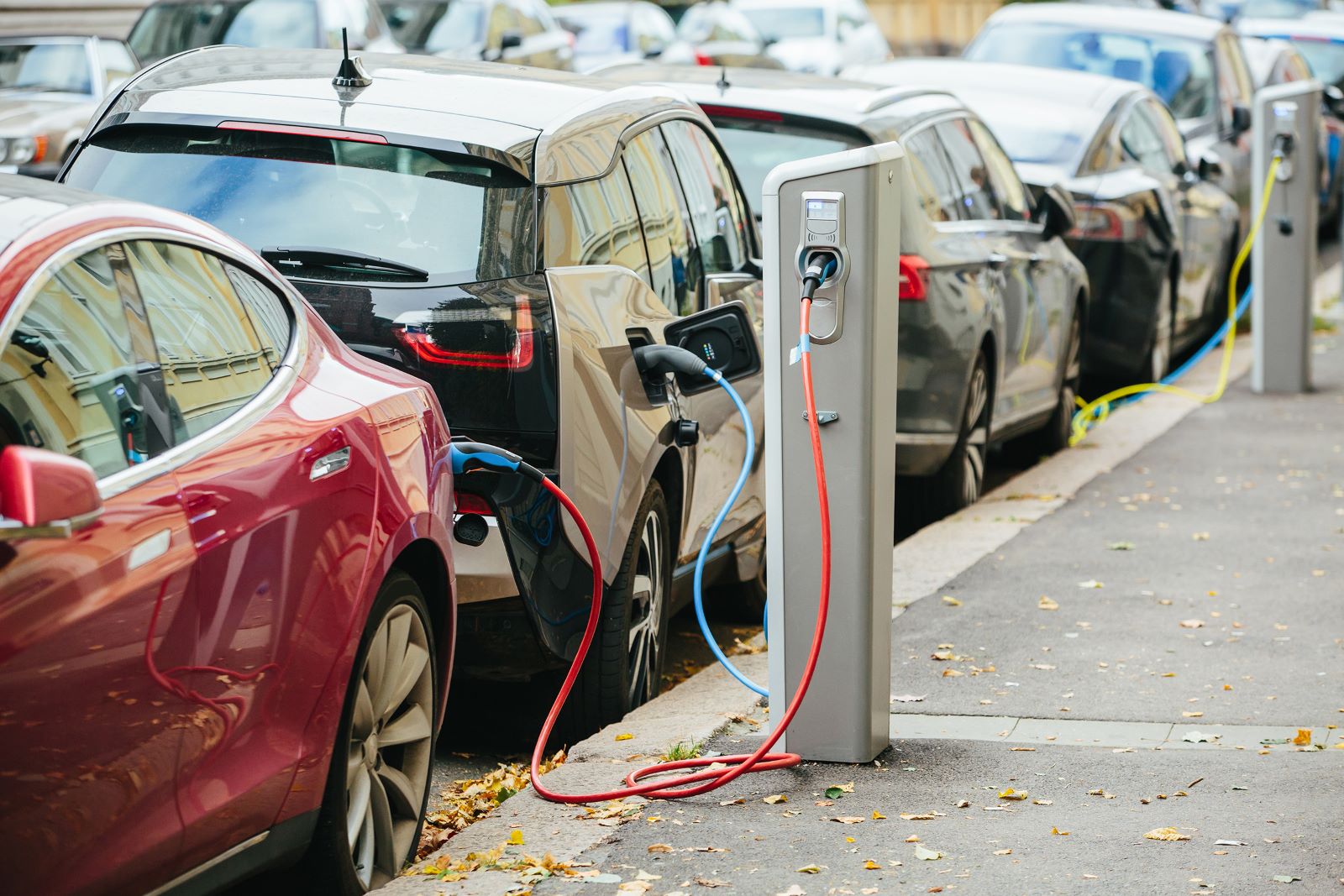
Image Credit: Shutterstock / Scharfsinn
Stellantis CEO Carlos Tavares pointed out that the goal is to have an electric charging station at every destination.
Charging Anywhere
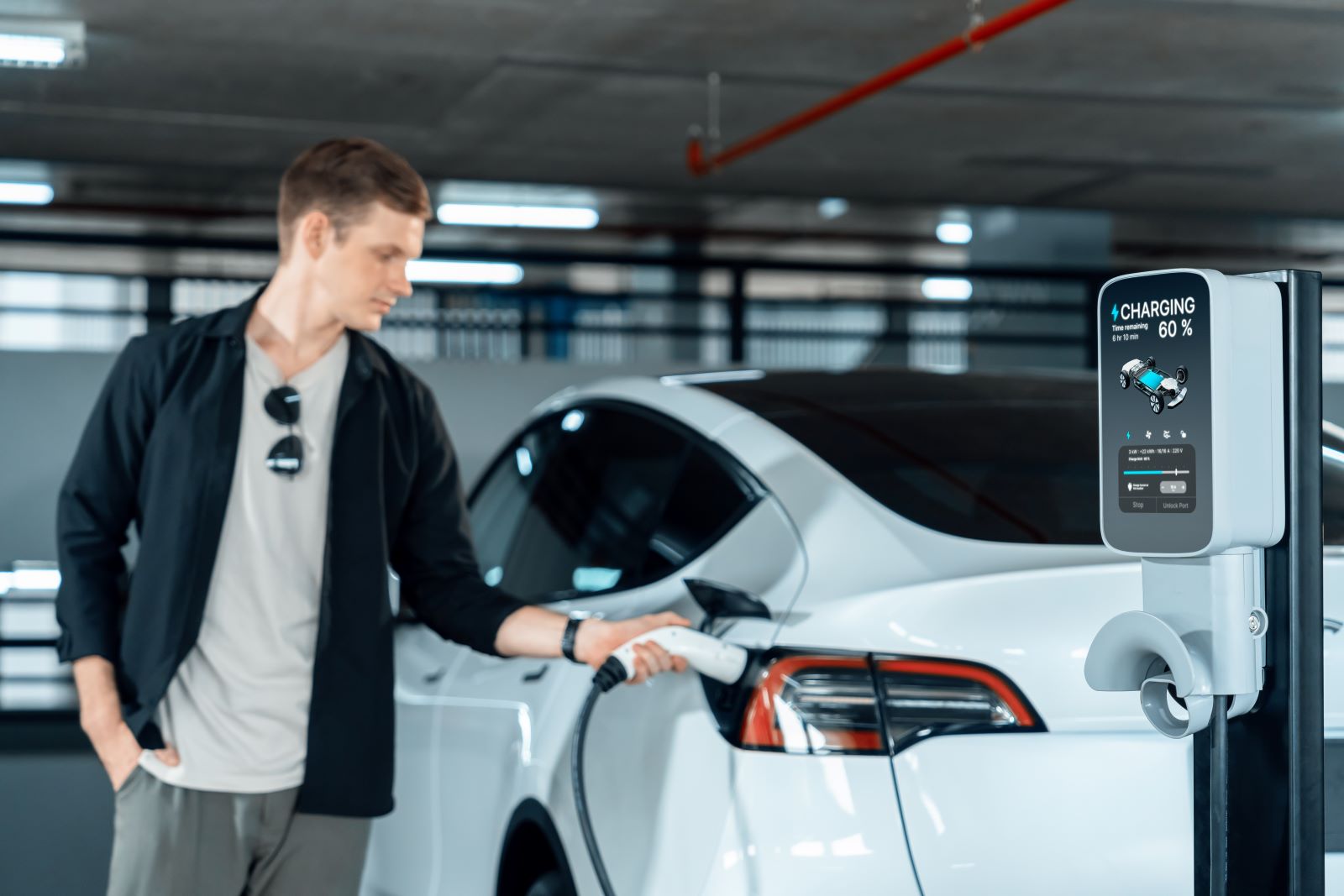
Image Credit: Shutterstock / Owlie Productions
Tavares expressed that chargers should be accessible everywhere, whether at the gym, supermarket, restaurant, or car park. The lack of charging stations is frustrating to EV drivers.
Credit Leasing Options

Image Credit: Shutterstock / Standret
EVs are expensive and might not have as much freedom as when purchasing other cars. However, CNN reported that manufacturers of EVs are applying to make it possible for consumers to lease EVs.
Leasing Allows You To “Try” Before You Buy

Image Credit: Shutterstock / Freeograph
This is mainly because consumers are still divided about transitioning to 100% electric vehicles. Leasing allows consumers to “test” the idea before buying the vehicle more permanently.
Projections for the Future

Image Credit: Shutterstock / tsyhun
The BNEF’s projections for the capacity of EVs on local and international roads by 2040 is 722 million. They also predict the gap period between the Economic Transitioning Scenario and the Net Transitioning scenario to be 380 million by 2040.
Charging Infrastructure

Image Credit: Shutterstock / Gorodenkoff
According to the BNEF, by 2050, the goal is to have around 242 billion invested in charging infrastructure during the Economic Transition Scenario.
Closing Thoughts

Image Credit: Shutterstock / BongkarnGraphic
If you own an electric vehicle, authorities advise you to become familiar with your vehicle. Even rental electric cars need a quick study to get used to the functions if drivers are not accustomed to the vehicle.
Oil Dumping Scandal Rocks Ships Heading to New Orleans

Image Credit: Shutterstock / Aerial-motion
Two shipping companies have been fined after knowingly hiding a large oil spill in the Atlantic Ocean. Oil Dumping Scandal Rocks Ships Heading to New Orleans
20 Eye-Opening Realities Facing Retiring Baby Boomers
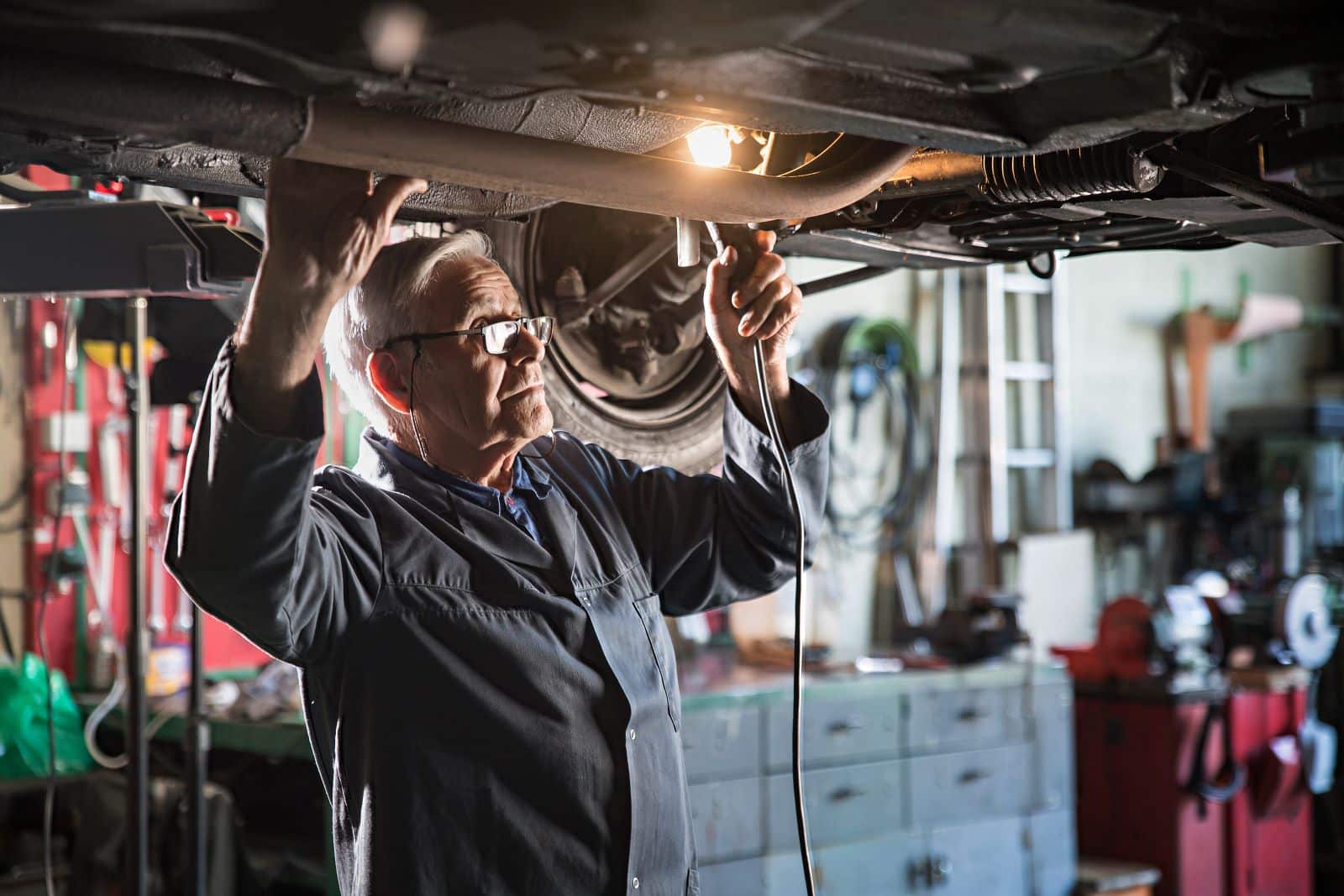
Image Credit: Shutterstock / Jack Frog
As Baby Boomers approach retirement, the promise of leisure and security often seems unattainable. This generation faces unique challenges that could redefine retirement. Here’s a stark look at the realities shaping their outlook. 20 Eye-Opening Realities Facing Retiring Baby Boomers
Retail Apocalypse: Massive Closures Sweep Across U.S. Brands

Image Credit: Shutterstock / Tada Images
Stores across the U.S. are closing at unprecedented levels, according to new research from advisory firm Coresight Research. Read on for more information about the impact this could have on you and your communities. Retail Apocalypse: Massive Closures Sweep Across U.S. Brands
The post – first appeared on EcoHugo.
Featured Image Credit: Shutterstock / Darunrat Wongsuvan.


